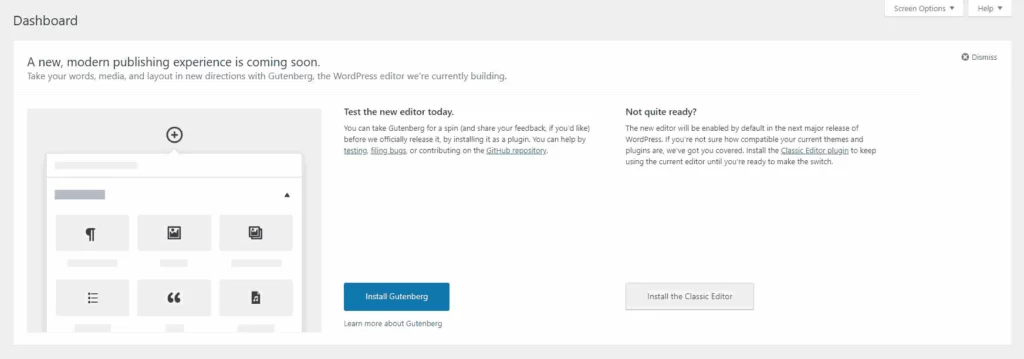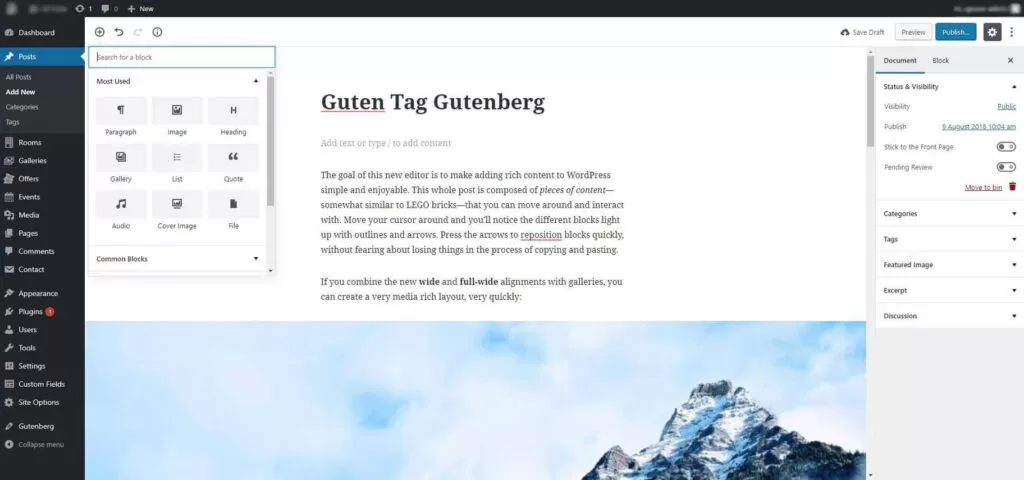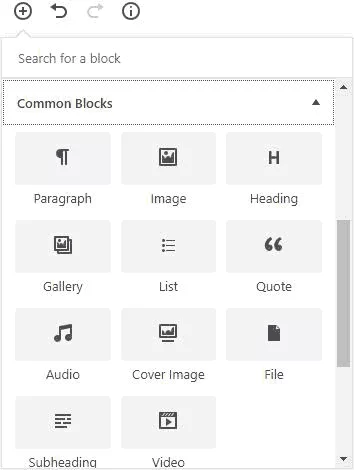Have you come across this alert in your WordPress dashboard yet? Want to know what it’s all about? Read on…

WordPress 5 is coming later this year, the first major release by the most-used CMS in the world in 4 years.
We don’t know the full extent of what will change, but it’s likely that some things will behave differently under the hood – so it would be wise not to click the update now button without first fully testing your theme is compatible. Make sure you backup your website before you do!
Note: WordPress automatic updates do not update whole versions, so any existing v4 site will only update to the highest 4.x.x version available.
Whilst a lot will remain the same visually within the dashboard, there will be one major change in how it works: the introduction of the Gutenberg editor. This is the primary feature of the new major release and will indeed change how WordPress is used as a whole.
The new alert is getting people aware that Gutenberg is coming. You can take it for a spin now, rather than waiting until WordPress 5 is released, by installing a plugin, which activates it.
Here’s a glimpse of the new editor:

The primary difference is the introduction of “Blocks”. Here we have a collection of defaults:


As a developer, we aim to hook into this and offer our clients additional custom
blocks which can be used within their website.
The nice thing about this is that what you see and edit in the dashboard in a page shares the same code and styling as what is on the front-end, so you get a much more pleasing user experience (UX): you can see your page as you are editing it just as it would look when a visitor is viewing the page on the site.
Primarily the improved UX as mentioned previously. It’ll pretty much revolutionise how we as an agency code up our websites, allowing a more immersive, visual approach to updating the content on your website.
The most likely reason why this is going ahead is for financial reasons; in particular WordPress’s paid-for online alternative to the self-hosted installation: any site created with wordpress.com. They could very well be missing out to nicer and easier to use alternatives, such as Medium, Wix, Weebly and Squarespace. Therefore, this update keeps them abreast with their rivals.
The unknown.
Until the full version of WordPress 5 is out, we don’t quite know the extent of how Gutenberg will affect the user’s experience.
We use Advanced Custom Fields a lot, which is a system that allows easy and advanced control over all content on a website. We’re not sure how that supports WordPress 5 just yet.
New Gutenberg blocks are also built in react.js, a javascript library that is obviously another language that our developers will have to keep up to date with.
Well, nothing immediately.
We have to wait patiently until WordPress 5 is officially released – then we can really delve into what it means for us as developers. Our goal is to start experimenting with it by the end of this year, all going well and WordPress release v5 on time.
What about you, as a user of WordPress? You can just dismiss that message and keep on going as normal if you want. Or, you can start playing around with the new editing experience! It shouldn’t create any havoc with your site at the moment, as the WordPress core won’t change at all. Gutenberg will come eventually, so what’s the harm in getting in front of everything and start using it now?
Of course, if you have any issues or concerns, we’re more than happy to help. Feel free to contact ADAO to discuss your web development needs.